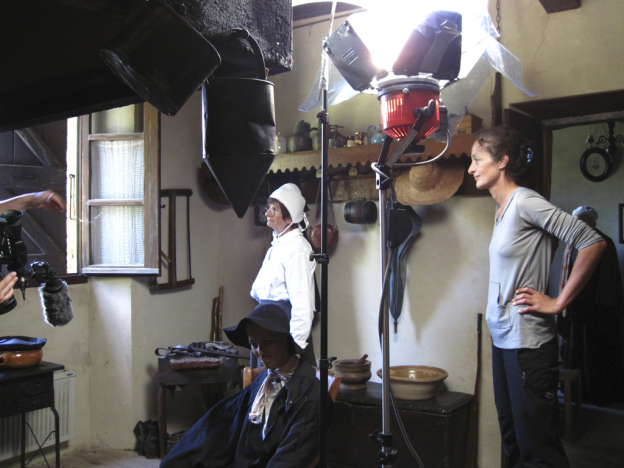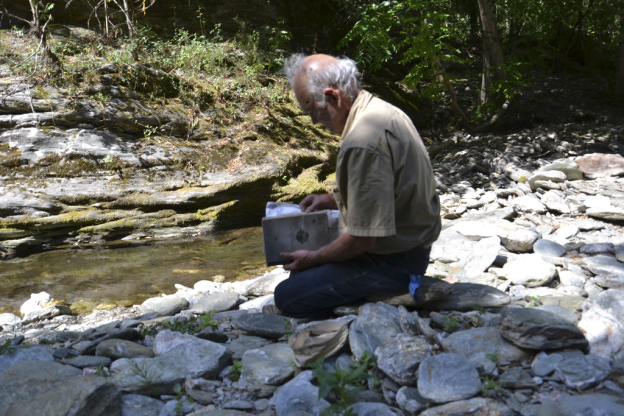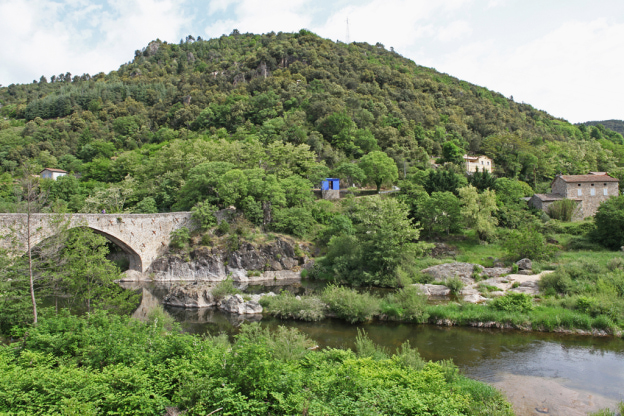The Cransac Triangular
“Memory Museum – Universal Property®”
Before it was a mining town in the 19th century, Cransac was a village known for its hydrotherapy. After the mines closed in 1961, the city became a spa town again, but collective memory remains tied to its mining past. Changes in landscape and social behaviour are thus essential ideas in Cransac’s recent history.
By using an artist, the patron wanted to go further than commemoration. If the consideration of industrial and mining history remains important, the articulation of past and present must show new concerns related to thermal activity and the evolution of the urban landscape.
The town chose internationally renowned artist, Joëlle Tuerlinckx. From the outset, she became interested in the context of the intervention. Her meetings and discoveries (human, geological, architectural) were recorded in notes and are the subject of audio and visual recordings, the ensemble constituting the genesis of the work.
Joëlle Tuerlinckx develops a project that evokes the entire museum structure and its function: the collection, conservation, inventory, presenting successive exhibitions. But she overturns its schemes and proposes a “museum turned inside out like a glove” based on a triangular of places.
The Cransac Triangular, “Memory Museum – Universal Property ®” consists of the Memory Monument, 34 metres high, erected on the old mine pit head, near shaft No. 1 (the monument represents one 10th of the shaft’s depth) and of two sites designated by the artist as the Memory Museum Vitrine Historique and Vitrine Contemporaine (Historic Window and Contemporary Window).
The title given to the work pays homage to Jean Jaurès: “Universal education, universal suffrage, universal property, that is, if I may say, the true postulate of the human individual.*” The artist retains the universal spirit and utopian dimension of Jaurès’ words.
*“Socialism and freedom” article published in La Revue de Paris, December 1st, 1898.
Press folder, September 2011- pdf
‘Monument-Mémoire’, ‘Vitrine Contemporaine’ et ‘Vitrine Historique’
réalisation et inauguration, le 15 octobre 2011
Patrons: Cransac Municipal Council
Financial Partners: Town of Cransac-Les-Thermes, Fondation de France New Patrons in partnership with the Minister of Culture and Communication (DGCA, DRAC Midi-Pyrénées), Région Midi-Pyrénées, Department of Aveyron, with the participation of Bassin de Decazeville-Aubin Communauté de communes, Forum des associations, Crédit agricole Nord Midi-Pyrénées, Umicore, Chaîne thermale du Soleil–Thermes de Cransac
2011
)Photographic credits, Joëlle Tuerlinckx, Christoph Fink (except 25, 26 and 27)






























































































